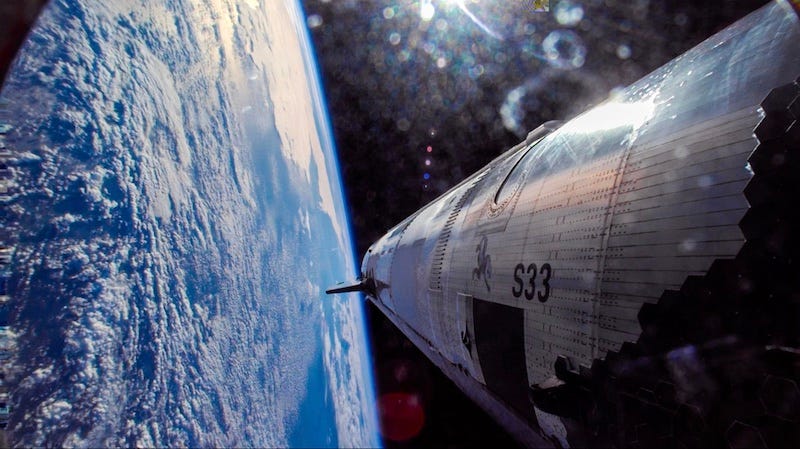FAA Starship Flight 7 Mishap Investigation Closed
Probe into Flight 8 is Ongoing
The FAA-required investigation of the SpaceX Starship Flight 7 mishap on Jan. 16 is closed. There were no public injuries and one confirmed report of minor vehicle damage in the Turks and Caicos Islands.
The FAA oversaw and accepted the findings of the SpaceX-led investigation. The final mishap report cites the probable root cause for the loss of the Sta…
Keep reading with a 7-day free trial
Subscribe to The Journal of Space Commerce to keep reading this post and get 7 days of free access to the full post archives.



